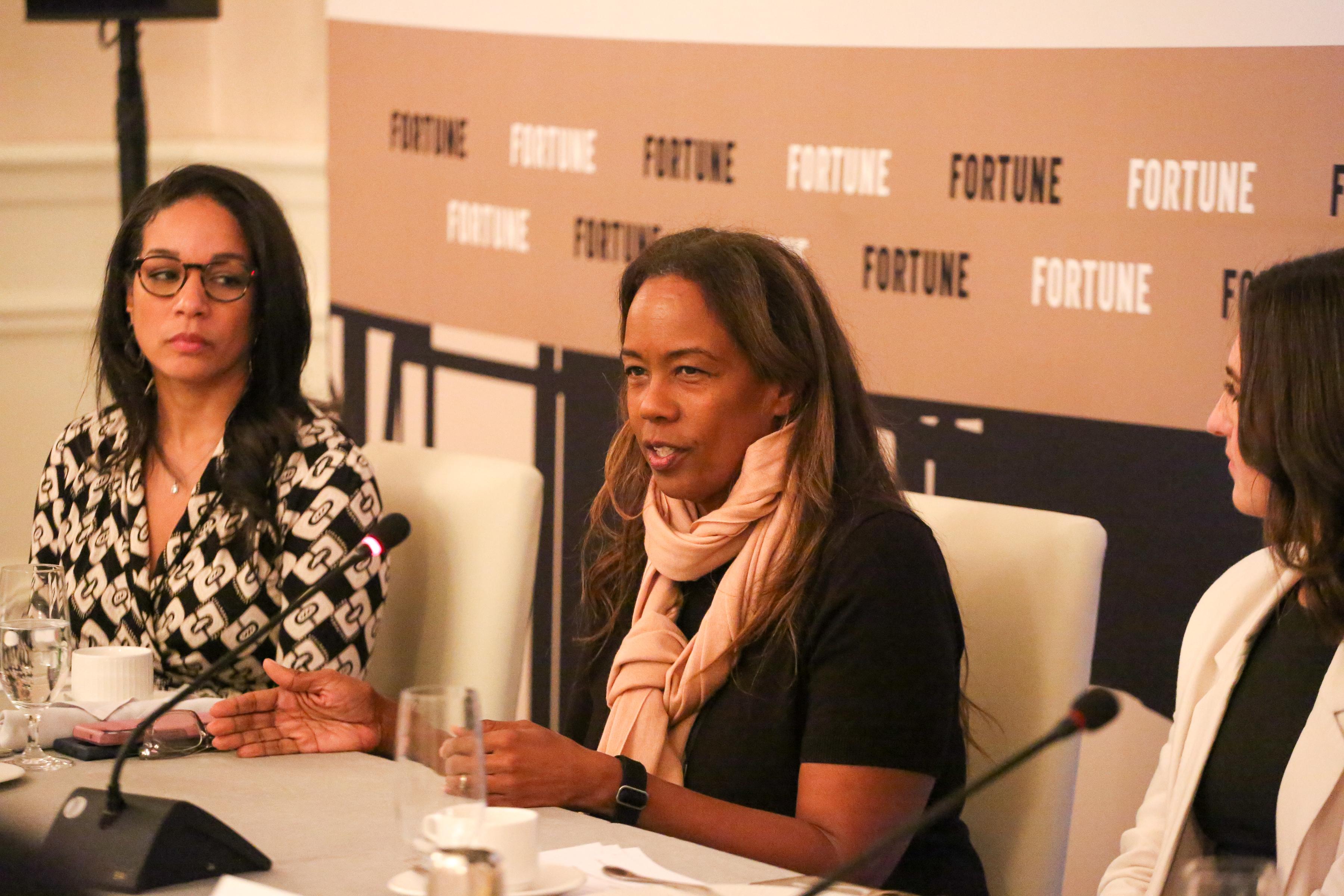In recent years, charitable foundations have emerged as powerful vehicles for philanthropy, channeling billions of dollars annually towards various social causes. Yet, beneath their altruistic veneer lies a complex web of financial incentives and strategic advantages that disproportionately benefit donors. This article delves into the intricate dynamics of charitable foundations, examining how tax benefits, legacy building, and influence over social agendas often tilt the scales in favor of donors, rather than the intended beneficiaries. By critically analyzing these elements, we aim to unravel the paradox of philanthropy: how well-intentioned giving can sometimes serve the interests of the wealthy more than those of society at large.
Tax Advantages and Wealth Preservation for Donors
For many donors, establishing a charitable foundation is not merely an act of generosity but a strategic financial maneuver. Tax advantages play a pivotal role in this decision-making process. By donating to a foundation, individuals can benefit from significant tax deductions, effectively reducing their taxable income. This can be particularly advantageous for high-net-worth individuals looking to manage their wealth efficiently. Beyond the immediate tax relief, these foundations offer a vehicle for long-term wealth preservation, ensuring that assets are protected and potentially appreciating over time.
Furthermore, donors often leverage charitable foundations to maintain a level of control over their philanthropic endeavors. Benefits include:
- Flexibility in directing funds to preferred causes or initiatives.
- Influence in decision-making processes related to the allocation of resources.
- Legacy creation, allowing donors to attach their names to causes they support.
While society may benefit from the activities funded by these foundations, the underlying structure is designed to serve the interests of the donors first and foremost. This dual-purpose nature of charitable foundations often sparks debate about the true beneficiaries of philanthropy.

Disproportionate Impact on Social Inequality
Charitable foundations, often seen as benevolent entities, can inadvertently exacerbate social inequality. Despite their philanthropic intentions, these organizations frequently cater to the interests of wealthy donors, providing them with substantial tax breaks and influence over societal issues. This dynamic creates an imbalance where the benefits are skewed towards the affluent, rather than addressing the needs of the broader community. In fact, the structures of many foundations allow donors to exercise control over the allocation of funds, often prioritizing projects that align with their personal interests rather than those that might have a more equitable impact on society.
- Tax Incentives: Donors receive significant tax deductions, which can disproportionately favor the wealthy, reducing their taxable income and shifting the fiscal burden onto lower-income individuals.
- Influence and Control: The ability to dictate the use of funds means that donors often support initiatives that reflect their own priorities, rather than addressing systemic issues affecting marginalized communities.
- Resource Allocation: Many foundations allocate resources in ways that perpetuate existing power dynamics, inadvertently supporting projects that do not challenge the status quo or promote social equity.
In essence, while charitable foundations have the potential to drive positive change, their current structures often reinforce social hierarchies, offering more advantages to those who are already privileged. This calls for a critical reevaluation of how these organizations operate, emphasizing a more equitable distribution of resources and influence.

Evaluating the Efficiency of Philanthropic Contributions
When assessing the impact of philanthropic endeavors, it’s crucial to look beyond the surface-level benefits to society and delve into how these contributions often disproportionately favor donors. Many charitable foundations offer significant tax incentives, allowing donors to reduce their taxable income substantially. This can lead to a scenario where wealthy individuals and corporations gain more from their contributions than the intended beneficiaries. The tax breaks, in essence, act as a government subsidy for the wealthy, skewing the intended purpose of philanthropy.
Additionally, the structure of many foundations allows donors to maintain control over their contributions, often channeling funds into projects that align with personal interests rather than pressing societal needs. This raises questions about the real efficiency of these donations in addressing urgent social issues. Consider the following points:
- Donor-advised funds allow for indefinite deferral of distribution, delaying potential societal benefits.
- Administrative costs and overheads often consume a significant portion of contributions, reducing funds available for actual charitable work.
- There is a lack of accountability mechanisms ensuring that funds are directed towards high-impact initiatives.
These factors highlight a critical need for a more balanced approach to philanthropy, where societal benefits take precedence over personal gain.
Strategies for Aligning Donor Interests with Societal Needs
To bridge the gap between donor interests and societal needs, foundations must adopt a more strategic approach. Understanding the evolving landscape of social challenges is crucial. This involves engaging in comprehensive research and maintaining open dialogues with community leaders, social scientists, and policy makers. Foundations can utilize these insights to tailor their giving strategies, ensuring that funds are directed towards areas with the greatest impact potential. Furthermore, fostering transparency in operations can enhance trust and encourage a more collaborative environment between donors and beneficiaries.
Implementing flexible funding models is another effective strategy. These models should accommodate the diverse needs of societal projects, allowing for adaptive responses to emerging issues. Foundations might consider:
– Unrestricted grants, providing organizations with the freedom to allocate resources where they are most needed.
– Capacity-building initiatives, which empower organizations to sustain long-term operations and scale their impact.
- Outcome-based funding, linking financial support to measurable social outcomes to ensure accountability and effectiveness.



